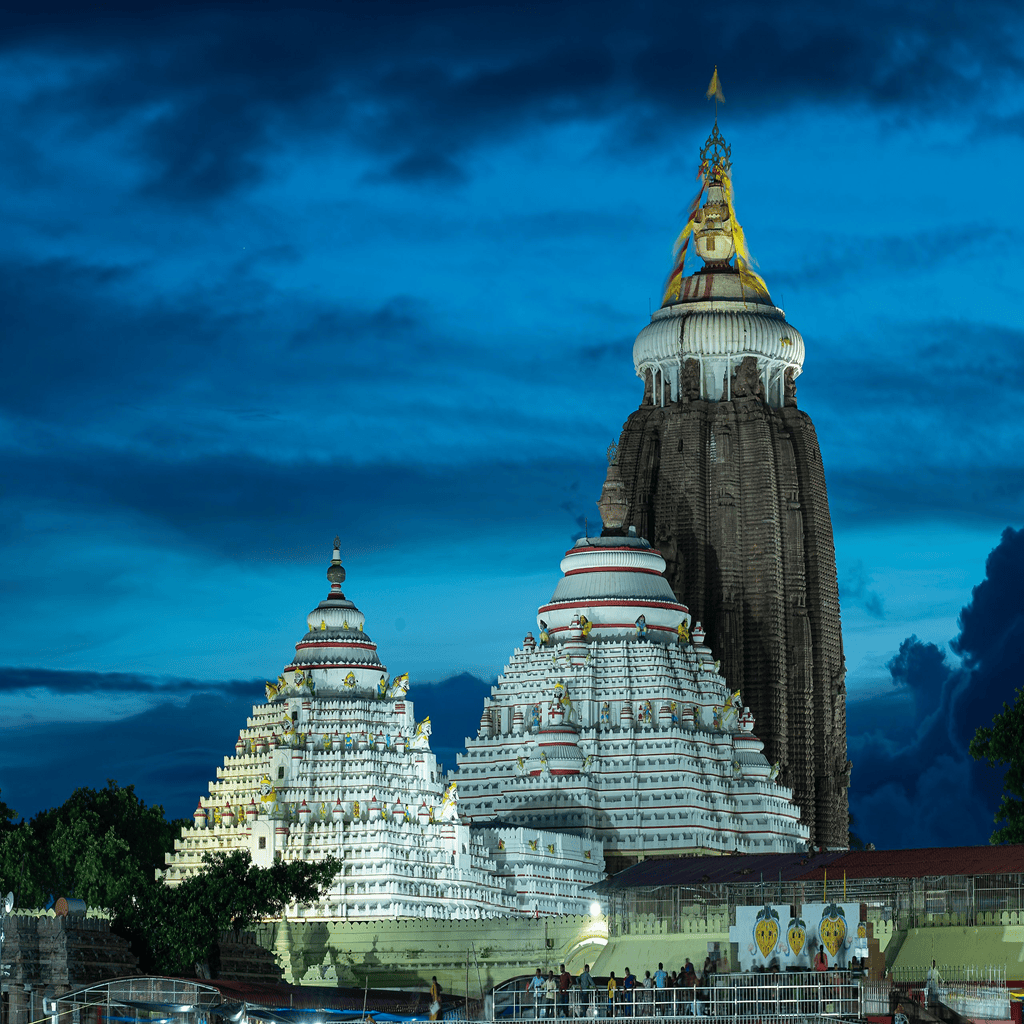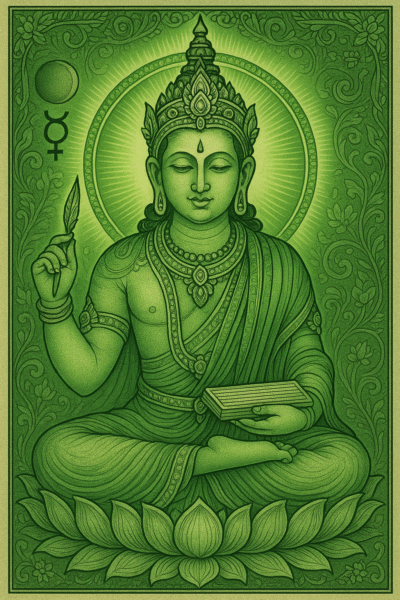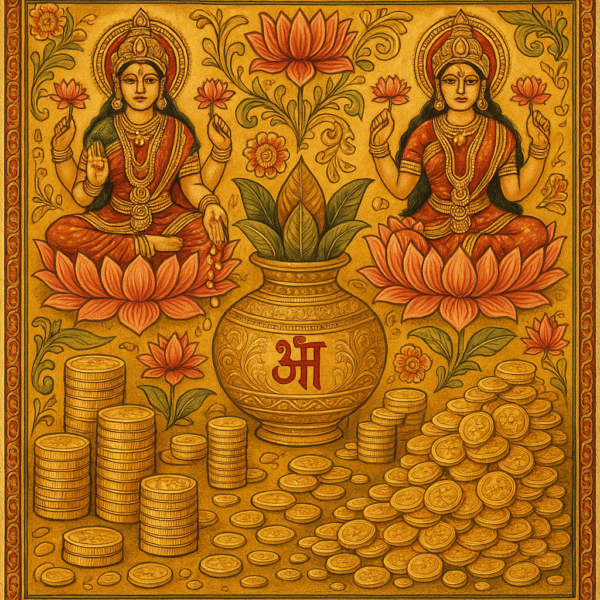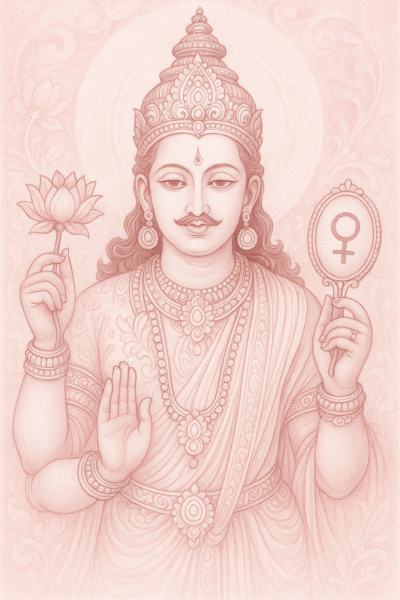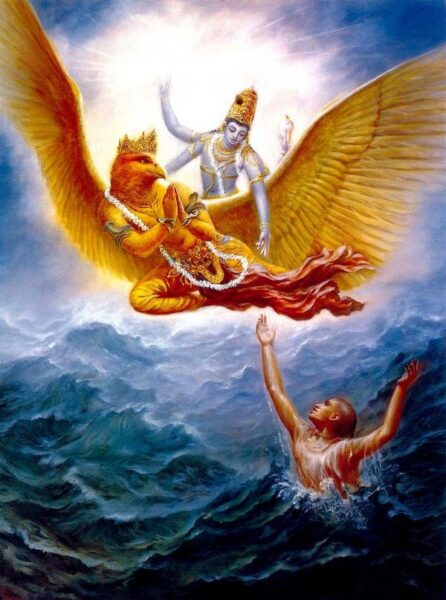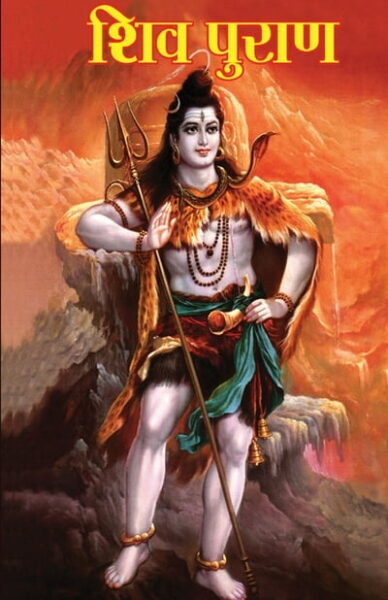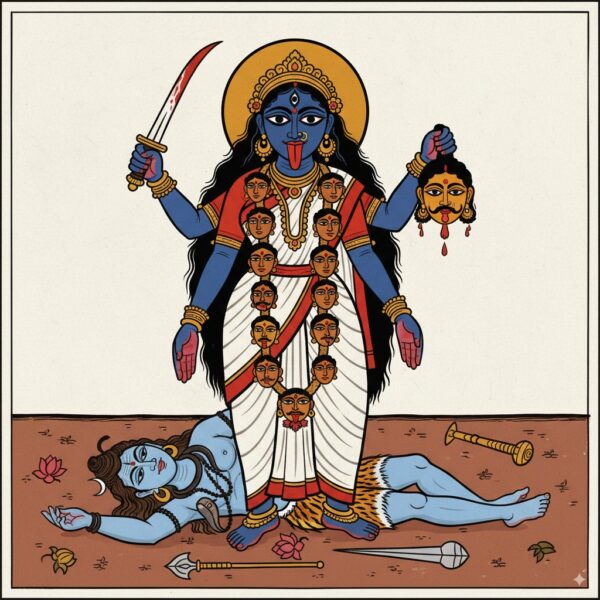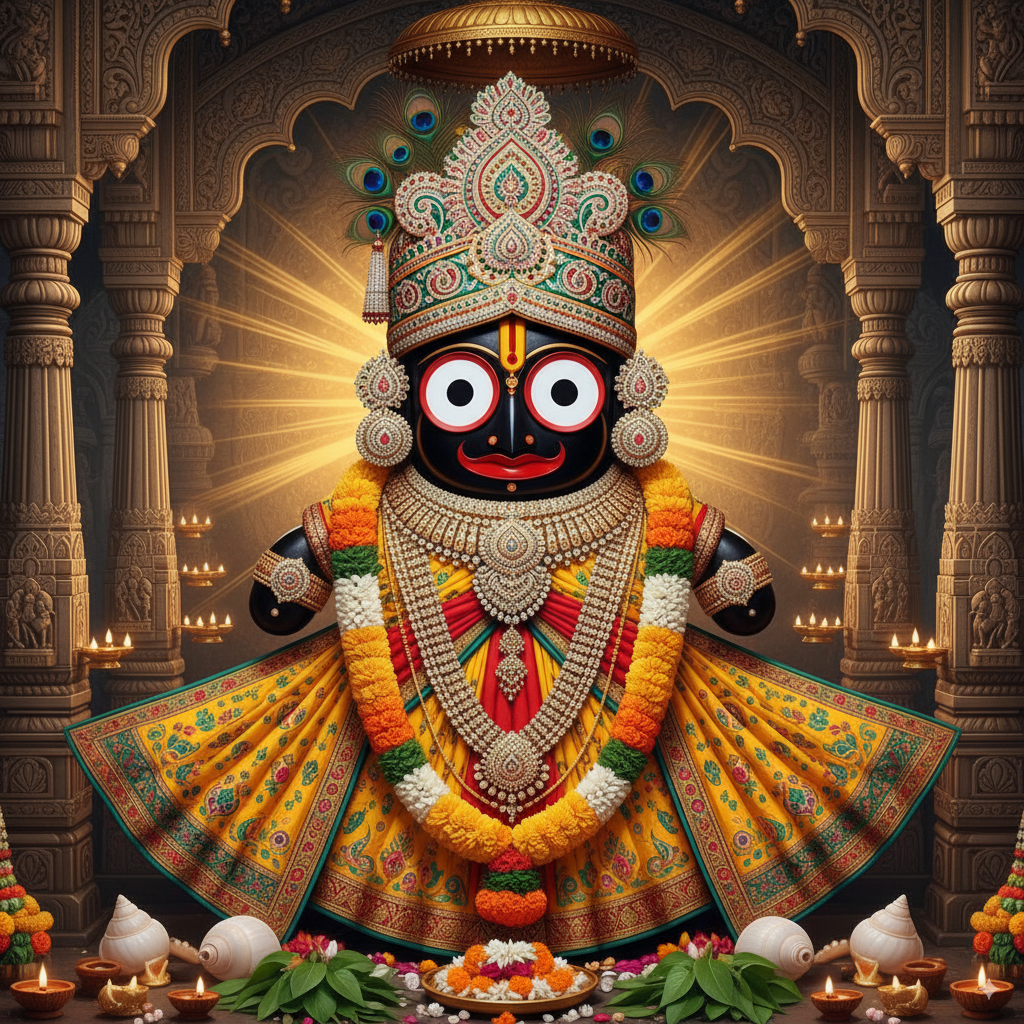Puri Jagannath Mandir – The Sacred Abode of Lord Jagannath
The Puri Jagannath Mandir, located in Odisha, is one of the most venerated Hindu temples in India and a key site on the Char Dham pilgrimage circuit. Home to Lord Jagannath—an incarnation of Vishnu—along with brother Balabhadra and sister Subhadra, this ancient temple complex is celebrated for its divine rituals, centuries-old history, extraordinary architecture, and its world-famous Ratha Yatra festival.
Introduction
The Jagannath Mandir mesmerizes millions with its devotion, rituals, and unique deities carved from wood. Pilgrims on the Char Dham journey find spiritual fulfilment here, as Puri is said to grant liberation to all who worship sincerely.
History & Legends
- Ancient Origins: The temple is believed to have been established in the 12th century CE by King Anantavarman Chodaganga Deva of the Eastern Ganga dynasty, but legends suggest its existence back to the Satya Yuga.
- Legend of the Neem Wood Deities: Lord Jagannath, Balabhadra, and Subhadra are sculpted from sacred neem wood, and their forms are renewed every 12 or 19 years in the Nabakalebara ritual.
- Indradyumna’s Quest: King Indradyumna’s devotion led to the temple’s origins as he searched for the divine form of Vishnu in Puri.
- Mughal and Colonial Era: Despite attacks over the centuries, the temple remained a stronghold of faith, protected by legends and divine intervention.
Temple Architecture
- Main Tower: The temple’s shikhara rises over 65 meters, crowned by the sacred Sudarshana Chakra—visible from far distances and a navigational marker for pilgrims.
- Thirty Smaller Shrines: The vast temple complex contains shrines dedicated to various deities, including Lakshmi, Vimala, and Ganesh.
- Grand Entrance: The temple has four gates—the Lion Gate (Singhadwara), Horse Gate, Elephant Gate, and Tiger Gate—each with distinct carvings and guardians.
- Kitchen: The temple’s kitchen is one of the largest in the world, preparing the famous Mahaprasad using ancient recipes and serving thousands daily.
- Wooden Deities: Distinct from stone idols, the wooden deities express the temple’s uniqueness and spiritual message of impermanence.
Worship & Rituals
- Daily Sevas: Multiple daily pujas, including Sandhya Aarti, Abakasha, and Bheshas (adornments).
- Mahaprasad: The sacred food is both an offering and a meal shared among devotees—believed to carry blessings and spiritual merit.
- Nabakalebara: Renewal of the wooden deity forms, marked with months of ceremonies and spiritual fervor.
- Chhera Pahanra: Ritual sweeping of the chariots during Ratha Yatra, symbolizing humility and equality.
- Ritual Calendar: Complex sequence of pujas, abhisheks, and adornments through the year reflecting ancient traditions.
Major Festivals & Ratha Yatra
- Ratha Yatra: The grand chariot festival held annually sees Lord Jagannath, Balabhadra, and Subhadra taken out on massive, hand-pulled chariots through Puri’s streets, drawing millions of devotees and tourists.
- Snana Yatra: Annual bathing festival of the deities with 108 pots of sacred water.
- Nabakalebara: Once every 12–19 years, the temple celebrates the re-embodiment of the deities—a deeply profound spiritual event.
- Other Festivals: Chandan Yatra, Anavasara, Makar Sankranti, Kartik Purnima, and various Ekadashis are observed with special sevas.
Spiritual Significance
- Char Dham Shrine: Puri is one of four most sacred pilgrimage centers in India, believed to grant moksha to all.
- Unity and Inclusion: The temple blends Shaiva, Vaishnava, and Shakta traditions and is open to all devotees regardless of caste or creed.
- The Lord of the Universe: Jagannath means ‘Lord of the Universe,’ symbolizing divine compassion and protection for all.
- Unique Worship: Wooden deities, huge chariots, and mass participation reflect “Jagannath culture”—deeply rooted in art, community, and devotion.
Travel & Visitor Information
- Location: Puri, Odisha, India—on the coast of the Bay of Bengal.
- Accessibility: Well connected by train, road, and air. Nearest airport is Bhubaneswar (approx. 60km).
- Timings: Open from early morning until late night, with specific times for Darshan and Seva. It’s best to check the official temple website for details.
- Facilities: Prasad halls, waiting rooms, shops, guides, and digital booking for special sevas.
- Dress Code: Modest, traditional Indian clothes recommended; leather items are prohibited.
- Nearby Attractions: Golden Beach, Gundicha Temple (the destination of the Ratha Yatra), Markandeshwar Temple, and Chilika Lake.
Modern Relevance
- The temple remains a global hub for spiritual seekers, cultural events, and social welfare.
- Digital access and virtual darshan have brought the temple closer to devotees worldwide.
- Jagannath culture influences art, music, architecture, and spiritual practices far beyond Odisha.
- Social initiatives feed thousands daily and support local education and healthcare.
Conclusion
Puri Jagannath Mandir stands as a timeless testament to devotion, inclusiveness, and the eternal bond between the divine and humanity. From its epic chariot festival to its grand architecture and profound spiritual history, it offers pilgrims an experience that is both ancient and universal.
Om Jagannathaya Namah! – Salutations to the Lord of the Universe.

